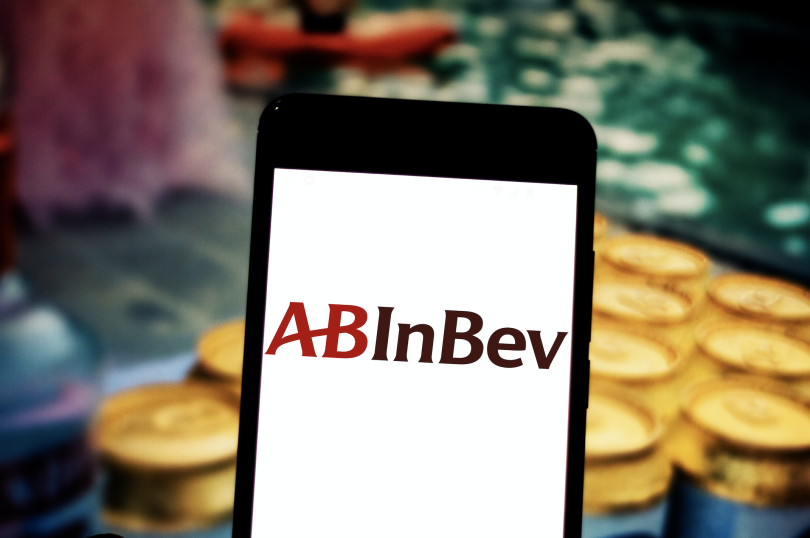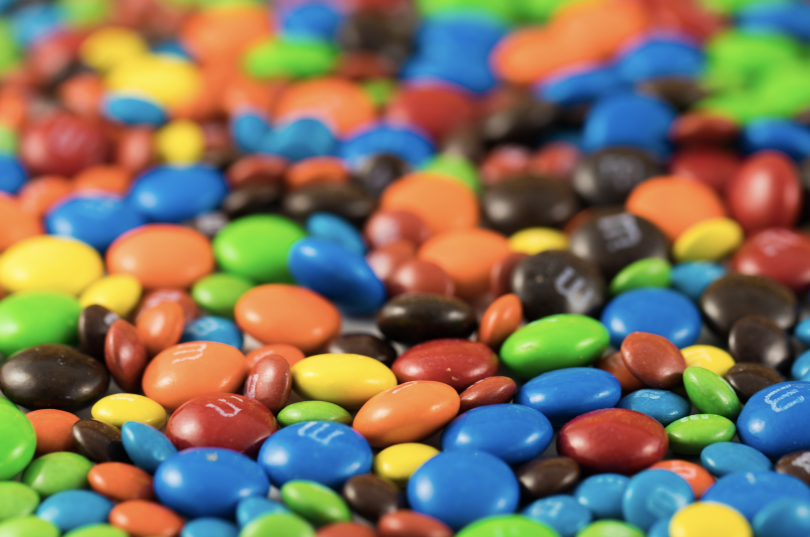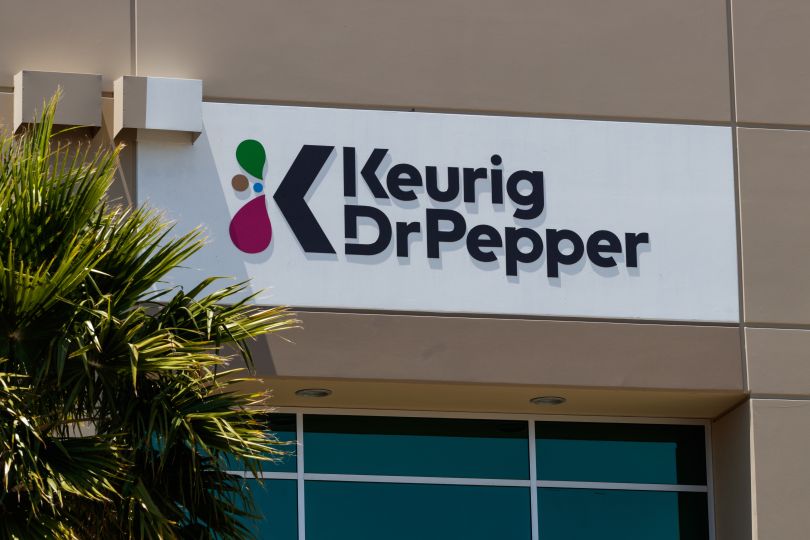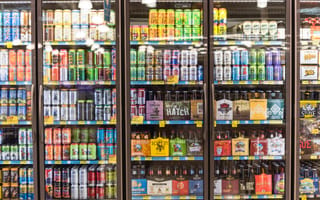Data-driven coolers to manage beer shipments more effectively. Water bottles that gauge hydration. Sensor-equipped packaging that tracks inventory and makes sense of unwieldy supply chains.
Whether the applications are directly marketed to consumers or come to fruition behind the scenes, the potential use cases for IoT in the consumer packaged goods (CPG) industry are many. If IoT can make our cars, cities and even garage doors smarter, what are the implications for the snacks we nibble, coffee we sip and the beer over which we unwind?
For CPG, that ultimate picture is still developing. But based on the contributions of players in the vertical, IoT won’t just impact our purchases (or where we make them), but how the product itself arrives to stores.
For example, when illustrating the wellspring of possibilities for IoT, Connected World cited a Markets and Markets report valuing the smart packaging market (that is, outfitting inventory with hardware for real-time monitoring) at $39.7 billion. Others, meanwhile, hypothesize that the advent of 5G will only further catalyze growth in the IoT-adjacent space.
One of the fundamental benefits of embracing IoT, as industry authorities have outlined, is that companies can more expeditiously manage critical tasks that were typically site-specific, manual and cumbersome. So while our homes might not yet be awash with connected devices or appliances, the IoT currents are strong outside the spotlight, pushing forward the supply and value chains that support the industry at large.
Assessing the Reach of IoT

Smarter Suds Delivery
IoT in action: In 2018, AB InBev announced a partnership with TrackX to monitor Anheuser-Busch kegs using the asset management platform’s RFID tags. More recently, the beer conglomerate’s subsidiary, The South African Breweries, experimented with tech to monitor inventory across locales in South Africa.
The resulting “Fridgeloc Connected Cooler” from CIRT, digitized with IoT-connected sensors that parlayed data to Microsoft’s Azure IoT Central platform, gave timely updates into the stock and other vitals of more than 100 refrigerators. Tracking temperature, for example, not only gave insight into usage but also outages that raise a red flag for potential maintenance needs.
Expert insight: “We wanted to develop a beer tech solution to tell you how much beer has been sold, live and in real-time, as well as the quality of beer,” Ajay Lalu, CIRT’s founder and director, told IT Web.
“We started researching and found you can’t use a normal tracker because the coolers are indoors, often in iron or concrete structures which interfere with GPS,” he said.
Why it’s noteworthy: Stocking and maintaining coolers is laborious, so companies benefit by streamlining the process where possible. Plus, making sure fridges are adequately filled could create positive consumer sentiment along the way. What six-pack seeker wants to show up to barren shelves?

Connecting Confections
IoT in action: Last fall, Mars, Incorporated linked with tracking platform Footmarks to equip 7,000-plus Halloween candy displays with the company’s Bluetooth beacons. The embedded sensors ferried data about the display to a gateway powered by Microsoft’s Azure IoT Central. The devices effectively turned an analog fixture into a more intelligent point of purchase, whose performance the brand could assess remotely. As a result, beacons gave a real-time state of the display, providing intel on usage, location status and more.
Expert insight: “Information on when displays came off floor was surprising—major insights that we wouldn’t have been able to get to without the solution,” Jason Wood, head of global display development, said in a statement at the time.
Why it’s noteworthy: Intelligent displays don’t just streamline operations for CPG reps, who can keep a keen eye on where displays are in the chain. By giving a glimpse into display performance, companies could potentially deliver more relevant consumer choices by stocking stores with solidly performing displays that reflect demand or purchasing proclivities.

Brainy Beverages
IoT in action: From hinting at Wi-Fi-enhanced java machines to backing smart water bottles, Keurig Dr Pepper has tested the IoT waters in a handful of different ways.
After the 2018 union of Keurig Green Mountain and Dr Pepper Snapple to form Keurig Dr Pepper, ZDNET reported that CEO Bob Gamgort mentioned rolling out 15,000 Wi-Fi-enabled brewers. While they were described as solely for company partners, Gamgort said the offering was “paving the way” for future IoT offerings to customers.
Equally notable, though, is the beverage giant’s investment in LifeFuels, whose self-described “smart nutrition bottle” monitors a consumer’s consumption, hydration and more while providing insights and nutrition goals via an iPhone app.
Expert Insight: “People like data. They want customization, portability and the ability to understand why they feel the way they do. And they want to track it all,” LifeFuels CEO and Founder Jonathon Perrelli told Washington Post reporter Thomas Heath last September as the brand rolled out to consumers.
Why it’s noteworthy: Intelligent coffee makers might not yet be the norm, but Keurig Dr Pepper’s backing of LifeFuels alludes to making a splash in the IoT space that doesn’t have to manifest as a Jetsons-esque piece of machinery. The bottle is an example of what on-the-go IoT items could look like: sharp, well-designed devices that level the disparity between the actual consumption, and acting on said consumption, with data-driven insights from the connected device facilitating it.
Header photo by Trong Nguyen/Shutterstock.com




